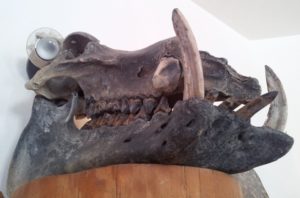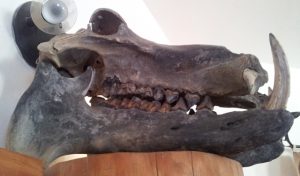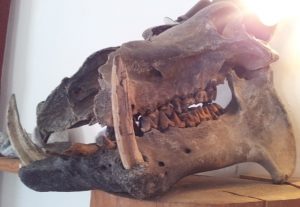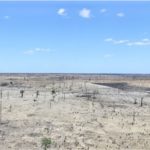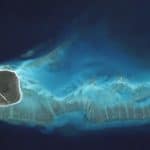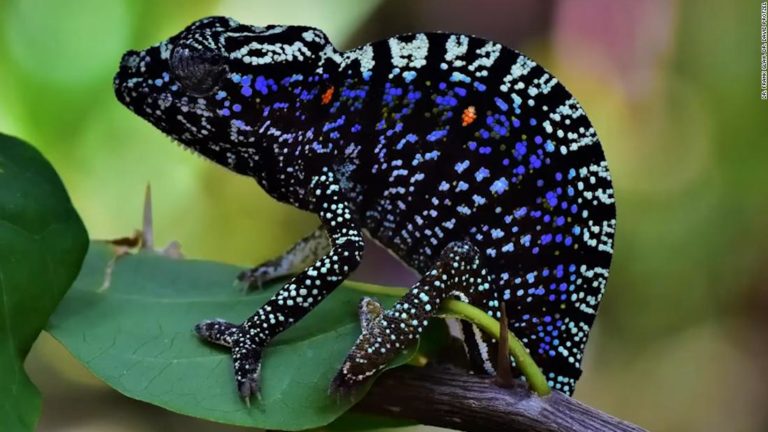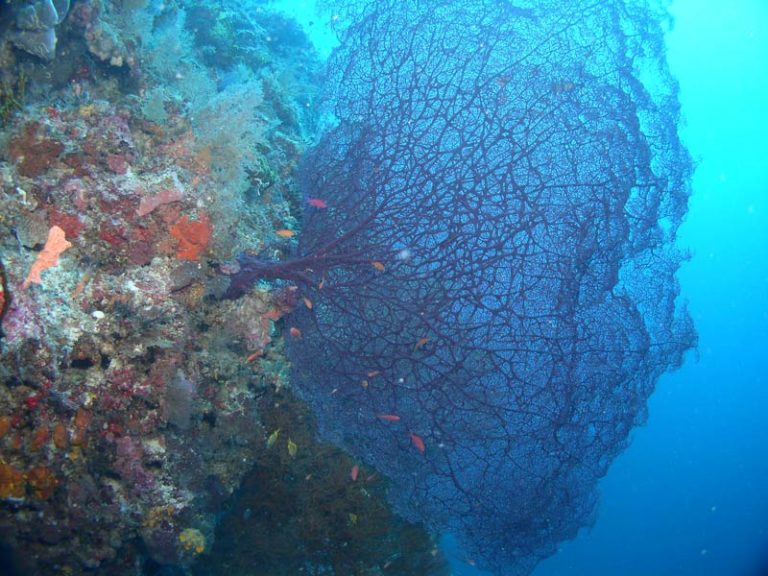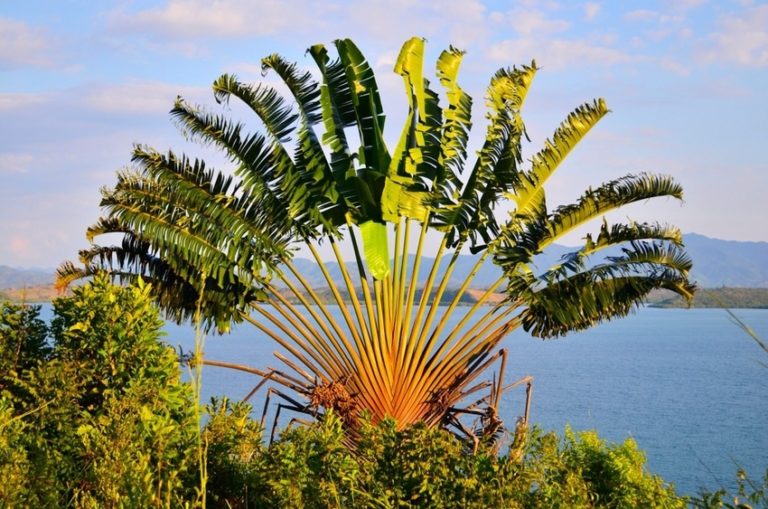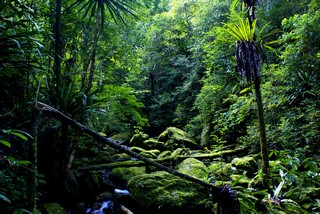Pygmy hippos, elephant birds and giant lemurs from Madagascar
The unique fauna of times long past
The unique Madagascar fauna had over the centuries already lost allDwarf Hippopotamus Madagascar large animals definitively. Giant lemurs (Megaladapis), elephant birds (Aepyornis), giant fossas (Cryptoprocta spelea) and pygmy hippopotamuses (Hippopotamus Madagascariensis and Hippopotamus Lemerlei) have fallen victim to the colonization of the island over the centuries. Since no climatic changes are known to have occurred on Madagascar since the Holocene, it is very likely that human settlement, which began about 1500 years ago, was responsible for the extinction of the large animals on Madagascar.
There are descriptions of Etienne de Flacourt from the 17th century which suggest that there were still hippos on Madagascar at that time, but scientists assume that they died out much earlier.
In the deep South of Madagascar, more precisely in a cave under water located in the Tsimanampetsotsa National Park located about 2 years ago, the Australian diver living in Madagascar had Ryan Dart countless skeletons of very different extinct animals found. A unique treasure for paleontologists from around the world, scientists from the National Geographic Society and the National Foundation for Science are exploring the site.
Surprisingly, there are very many types of skeletons of extinct animals from very different time periods in the same place: four species of giant lemurs, elephant birds, bats, horned crocodiles, and many of these skeletons are very well preserved. Usable ADN could also be extracted.
The Australian diver is convinced that there are still four to five meters of bones piled up under the sediment layer and that the previous findings are only the tip of the iceberg. The site will be guarded until the start of a major international expedition planned in a few months.
The depicted skull apparently corresponds to the morphology of Hippopotamus Lemerlei, a species of pygmy hippopotamus that inhabited the south of Madagascar.

